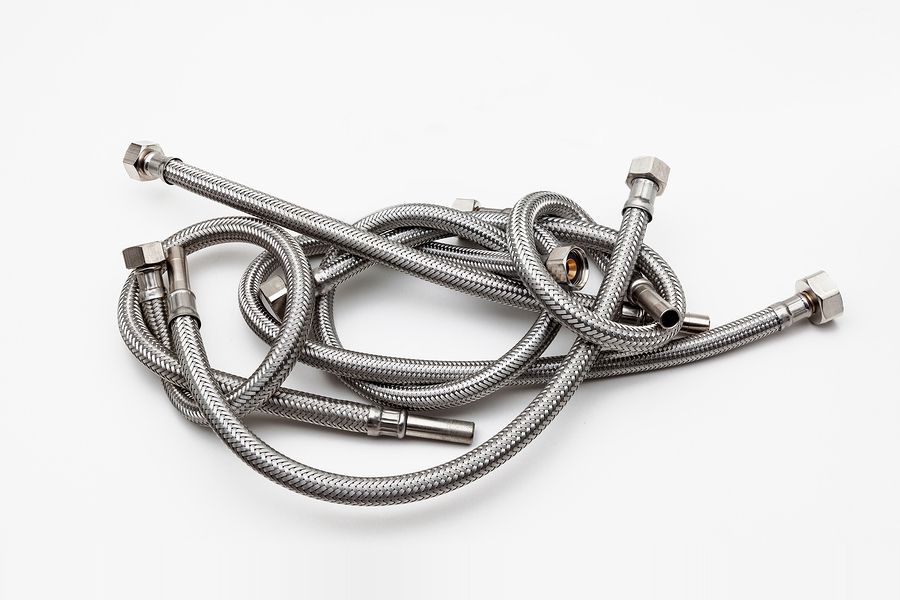Recent Articles
Popular Makes
Body Types
Reasons Your Car Won't Heat | Heater Stopped Working
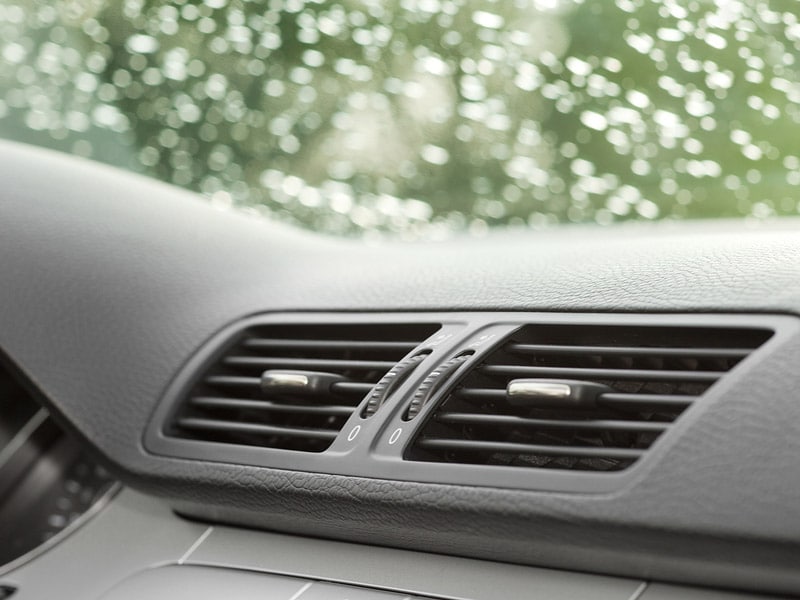
Heat in automobiles is supplied by hot coolant circulating through the engine. A small amount of hot coolant is diverted into a hose fitted into the firewall and then into a small heat exchanger or heater core. Cold air from the outside, or recirculated air from the inside, is directed either completely or partially through that heater core. If your heater isn't working, the coolant level may be too low, the heater core could be clogged, a heater by-pass valve may not be opening, the doors in your hvac system may not be moving or if the thermostat is stuck open, it will cause a temporary lack of heat. A heater that's working properly should blow air that's about 75 to 100 degrees F. hotter than the outside air. If it doesn't, any of the following might be at fault......
Low Coolant Level
Although a leaky or weak radiator cap can be the culprit, a low coolant level may also be the result of not getting the cooling system completely filled.
Check the coolant level in the radiator to see if the radiator is full.
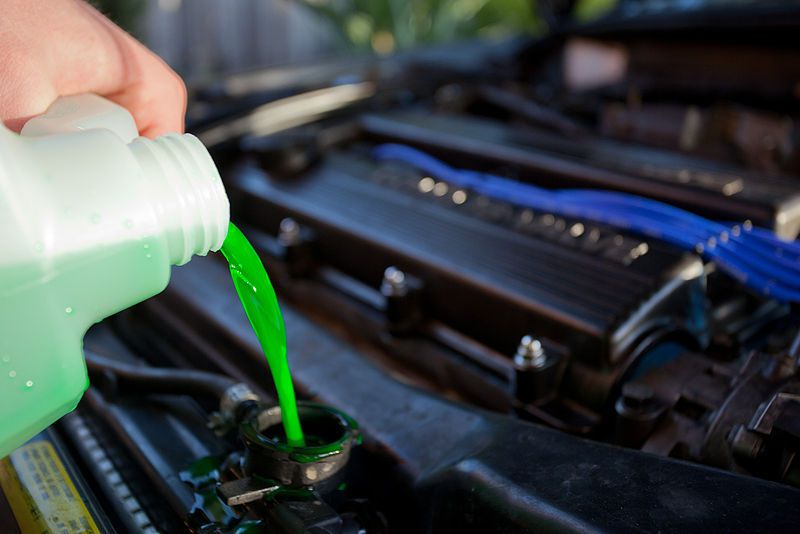
Photo by Wikimedia Commons
Air Pockets
An air pocket in the heater core or a heater hose may be interfering with the flow of coolant through the heater core.
Check to see if the coolant is circulating through the heater core by feeling both heater hoses. Both the inlet and outlet return hoses should feel hot when the engine is at normal operating temperature and the heater is on.
Refilling some cooling systems can be tricky. Some front-wheel drive and rear-engine systems require special filling procedures to eliminate the air pockets in the heater hoses and heater core. Venting trapped air can help. Some vehicles have one or more "bleeder" valves on the thermostat housing and/or hose connections. Opening the valves allows air to escape as the system is filled. The valves should then be closed when coolant starts to drip from them. On vehicles that lack these special bleeder valves, it may be necessary to temporarily loosen the heater outlet hose so air can bleed out as the system is filled.
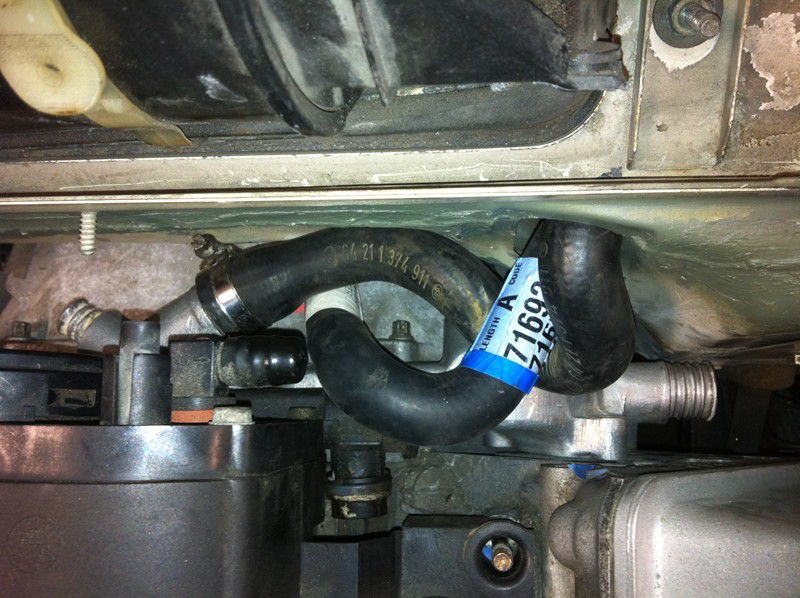
Open Thermostat
An open thermostat may be the problem, or one that is too cold for the system. Most vehicles today require a 190 to 195 degree F. thermostat.
Check to see if the thermostat is stuck open. Start a cold engine and feel the upper radiator hose. You should feel no coolant moving inside the hose until the engine starts to get warm. After several minutes, you should feel a sudden surge of hot coolant when the thermostat opens.
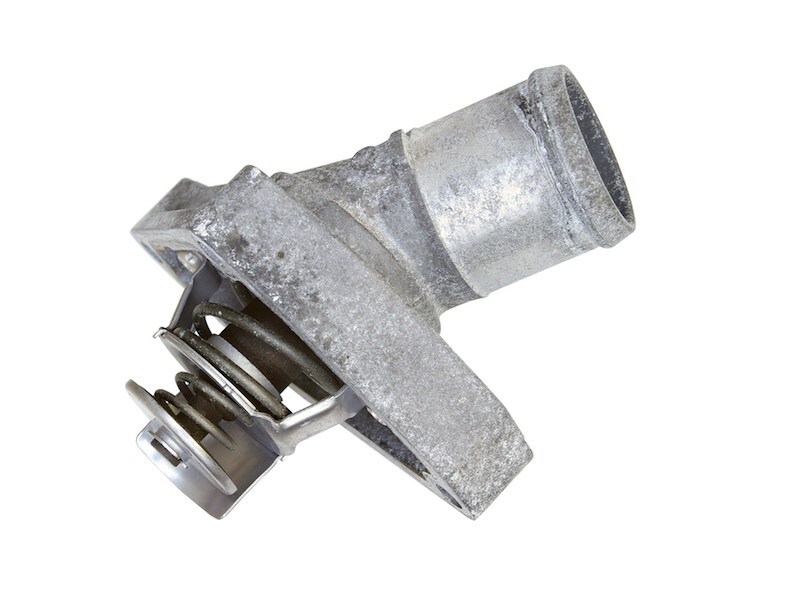
Plugged Heater Core
Accumulated debris in the cooling system may plug the core and block the flow of coolant. The only cure here is to replace the heater core. To prevent the problem from reoccurring, the cooling system should be flushed and refilled with a fresh 50/50 mixture of antifreeze and water. Distilled water is best since it contains no minerals.
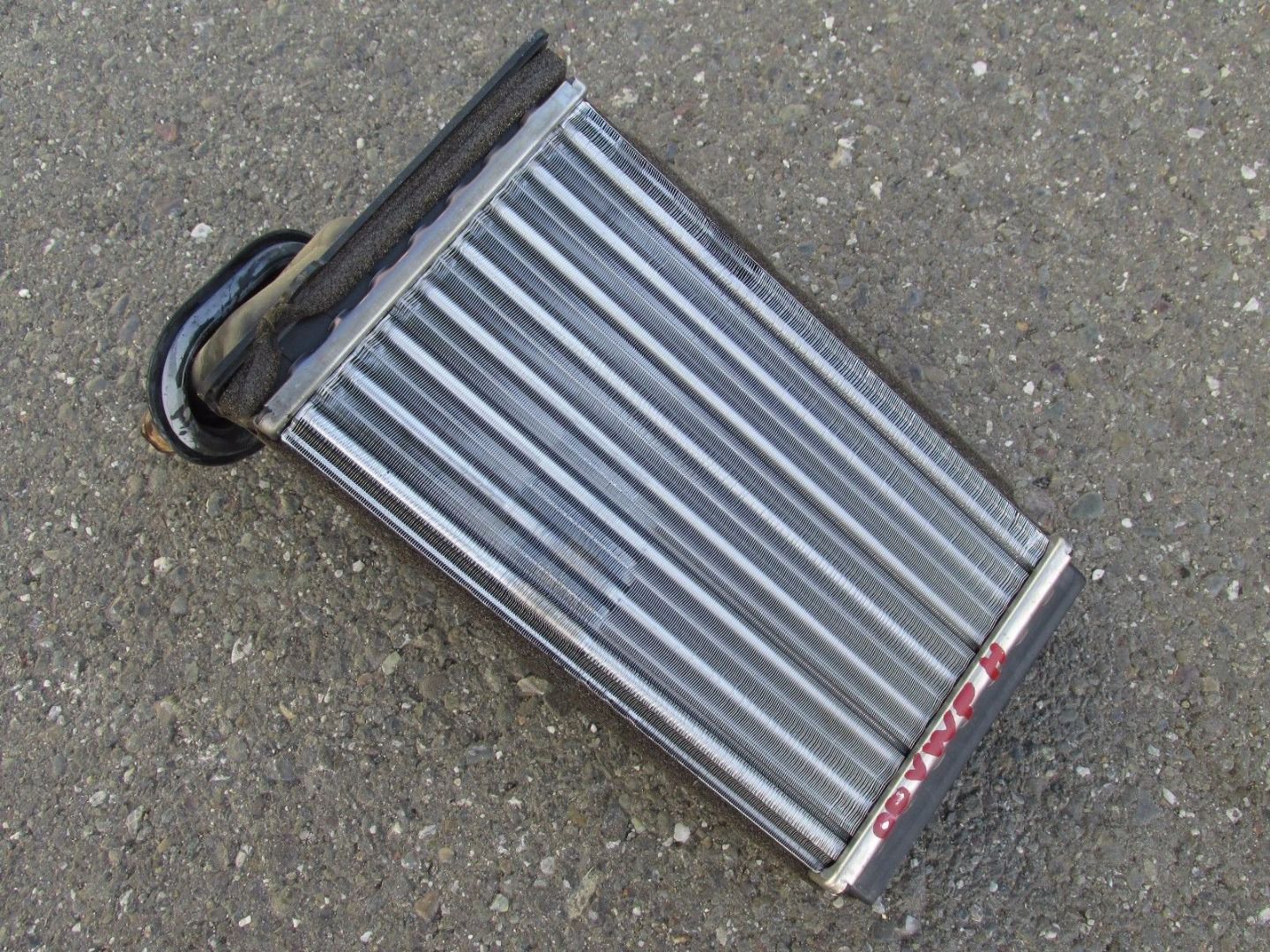
Defective Heater Control Valve
On most vehicles built since 1970, vacuum operated heater control valves are normally open unless vacuum is applied. This allows coolant to circulate through the heater core even when the heater isn't being used.
Check the control valve by applying a vacuum with a hand pump. If the valve fails to close, replace it.
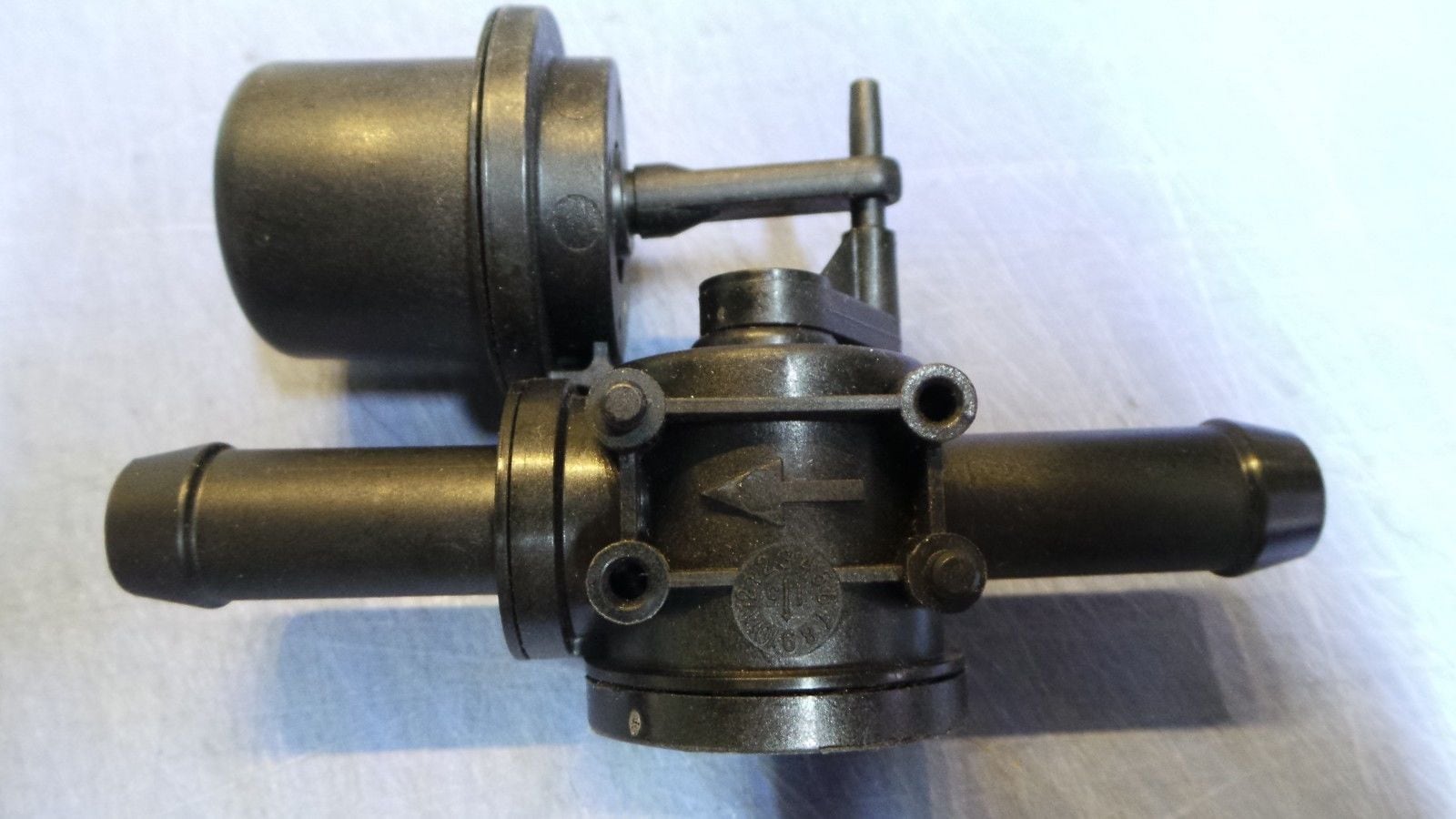
Inoperative Airflow Control
If the defrosters aren't working either, you can likely fix the problem by reattaching or repairing a loose cable or vacuum hose. On vacuum-actuated systems, the vacuum motor or control switch may be defective and require replacement.
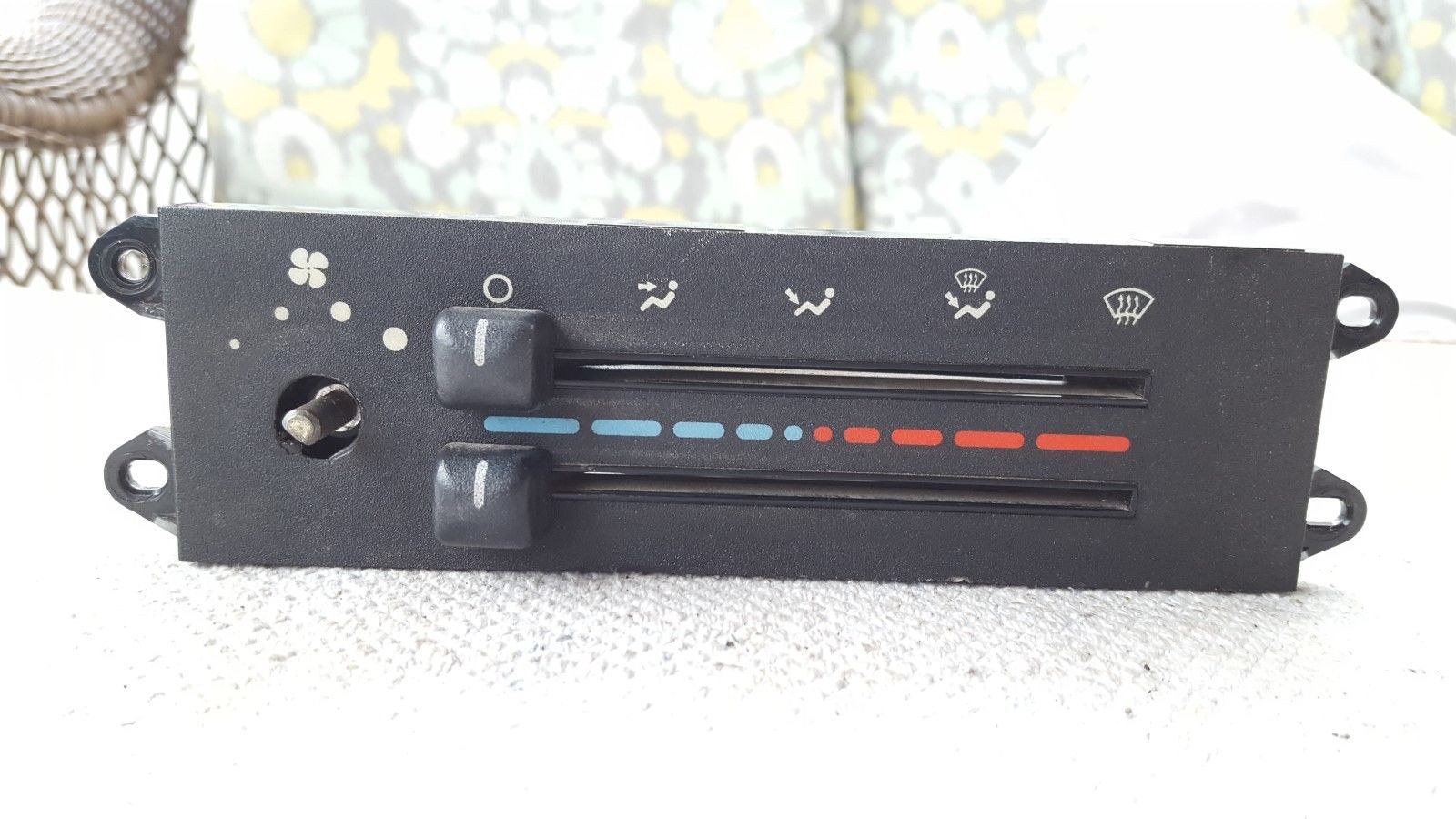
Electrical Problems
If the blower motor isn't working, if there is no sound and no air coming from the system, the blower motor may be defective. Electrical problems such as a blown fuse, defective power relay, heater switch or resistor, or a loose wire should also be checked.
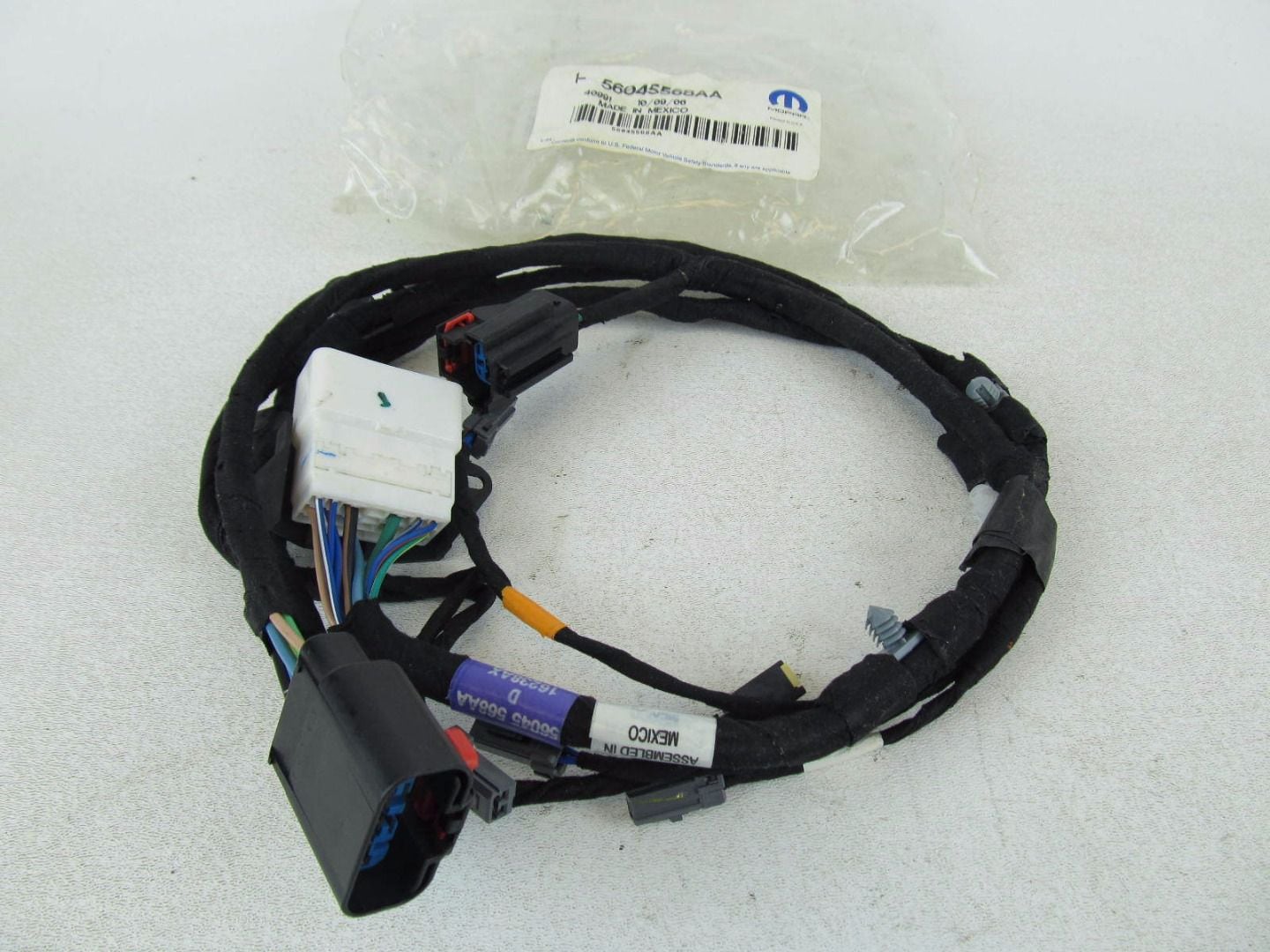
Fuses
A blown fuse is a symptom not a cause. A fuse blows when a circuit overloads to protect the wiring and other components against damage. If the fuse is blown, therefore, find out why it blew before replacing it. Always use a replacement fuse with the same amp rating as the original.
If a new fuse blows as soon as the blower is turned on, the heater circuit or motor may have a short that should be investigated. If the fuse lasts a while and then blows, the fan motor is probably running hot due to worn brushes and/or bushings and should be replaced.
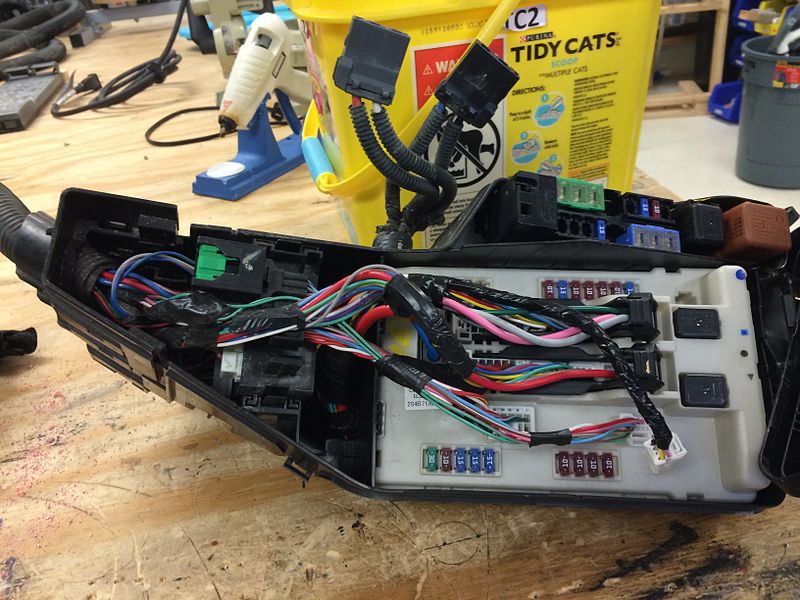
Photo by Wikimedia Commons
Heater Blower Motor Fan
The motor itself can be checked by using a pair of jumper wires. Connect one wire to ground and the other to a source of battery voltage. If the motor fails to spin, it should be replaced.
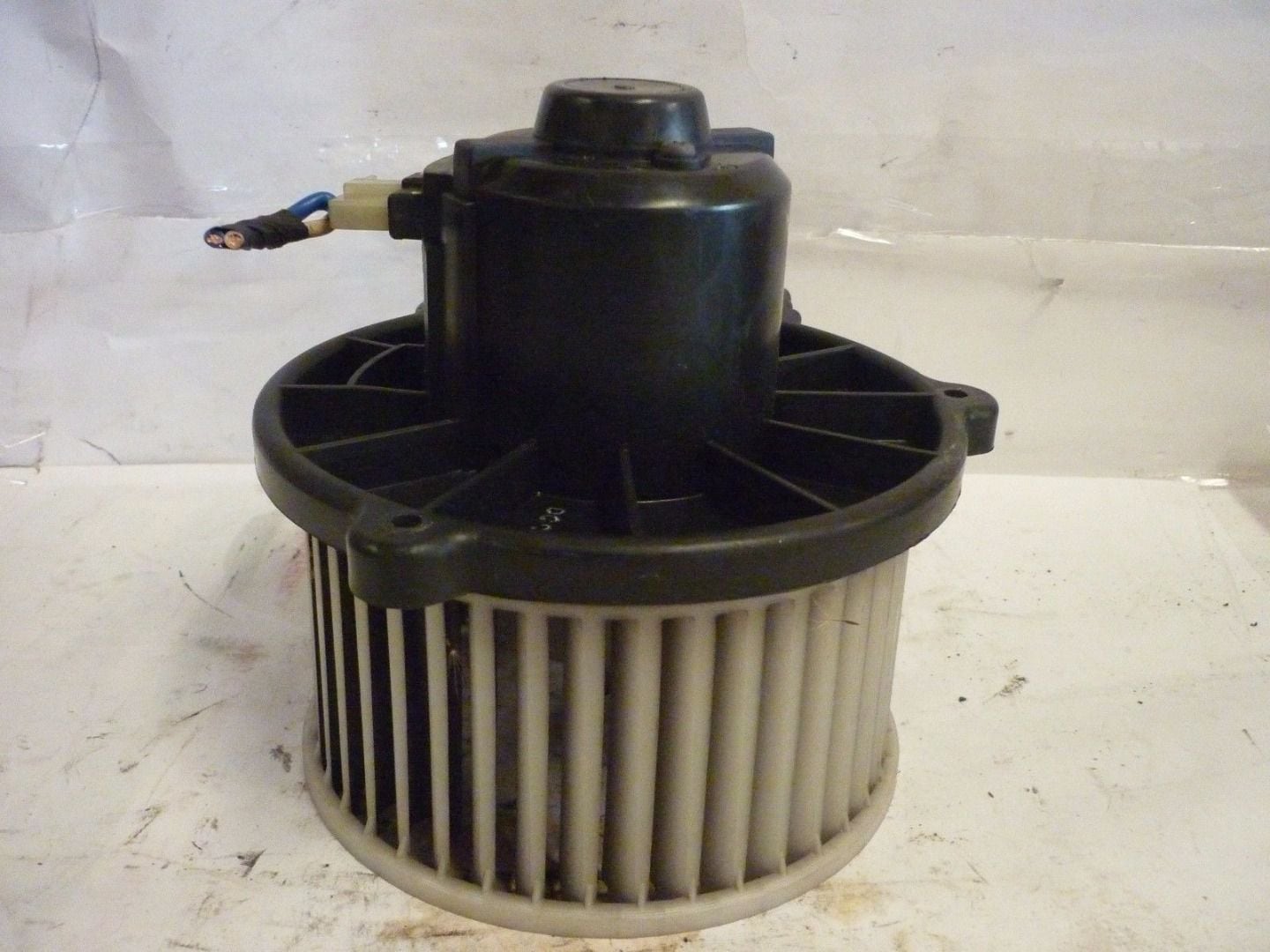
Kinked Heater Hose
If the cooling system has recently been worked on, a misrouted hose is a possibility.
